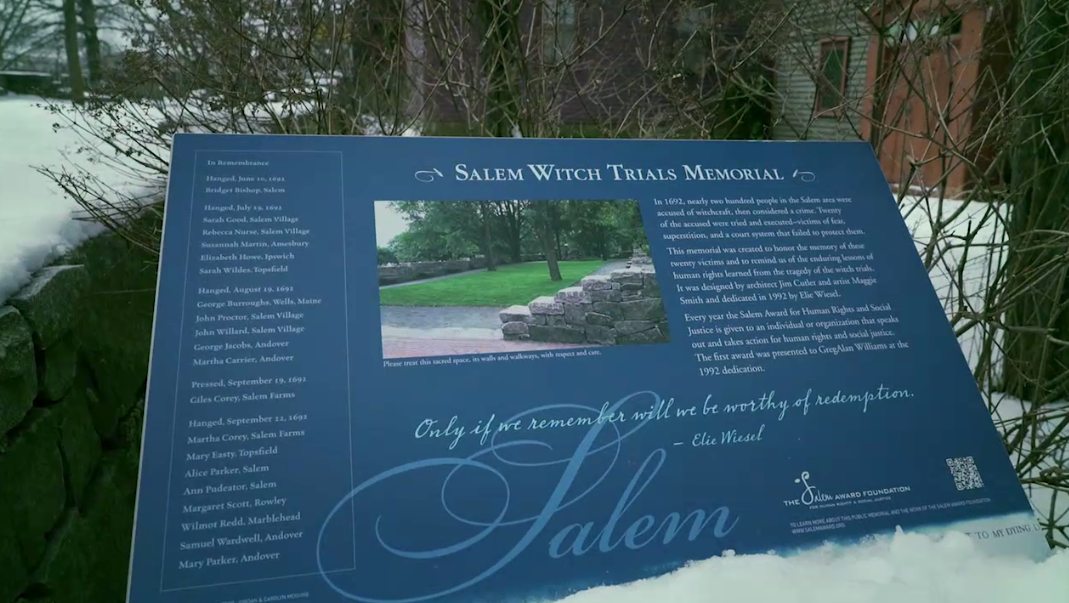Salem, MA is known for many things, but one thing it is undoubtedly known for is the Salem Witch Trials. So, we packed our bags and headed to the East Coast to try and uncover its rich history:
View this video on YouTube
Before we get into our trip, let's go over some of Salem's history. For starters, there was the Puritan Legal Code that was created in 1647 and established a hierarchy of crimes that consisted of:

In 1692, the daughter and niece of Samuel Parris, Salem's first ordained minister, started to exhibit strange behavior.

Shortly after, other girls in Salem began acting similarly to Elizabeth and Abigail. According to a doctor's diagnosis, the behavior was attributed to supernatural causes.

By February 1962, Jonathan Cornwin and John Hathorne (both magistrates) pressured the girls to name the people who caused their behavior.
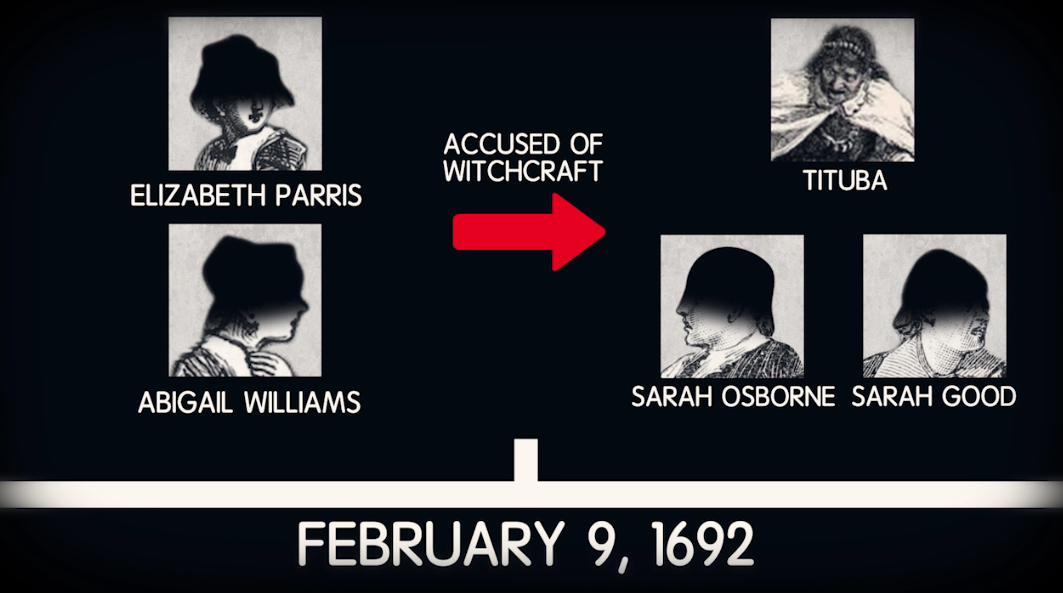
Two of the women who were accused professed their innocence and eventually died.
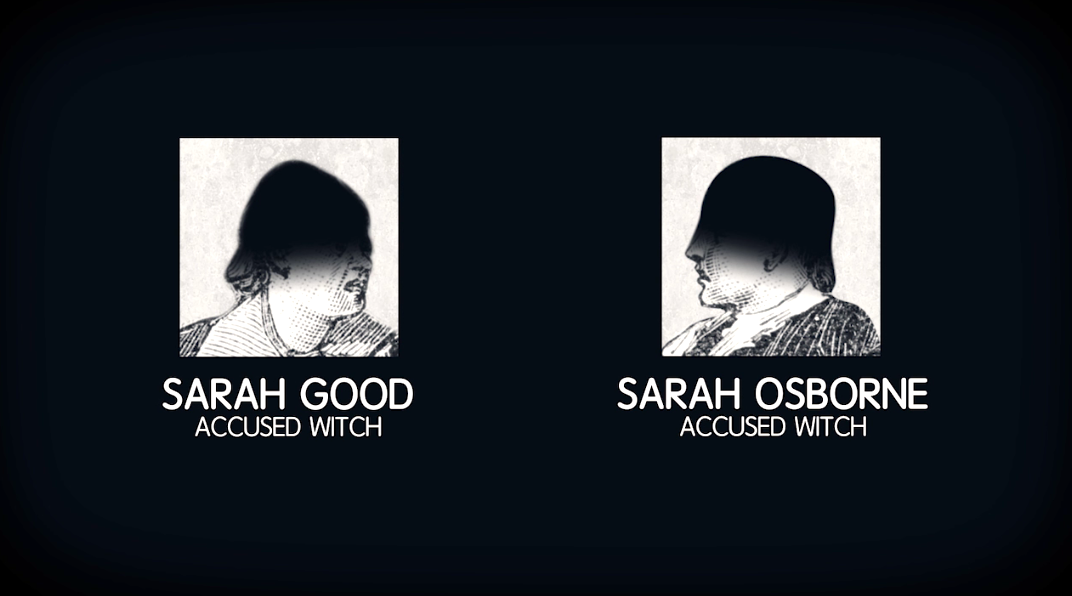
Which lead us to the first place of our investigation, Jonathan Cornwin's house.
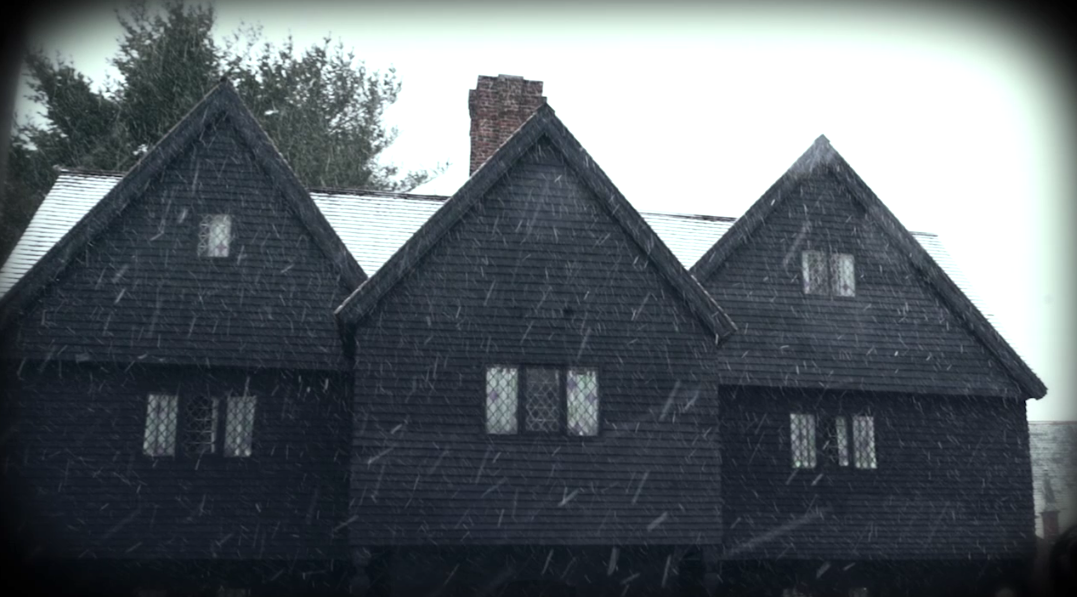
Even though there was no ghost activity, Ryan did feel an eerie energy.
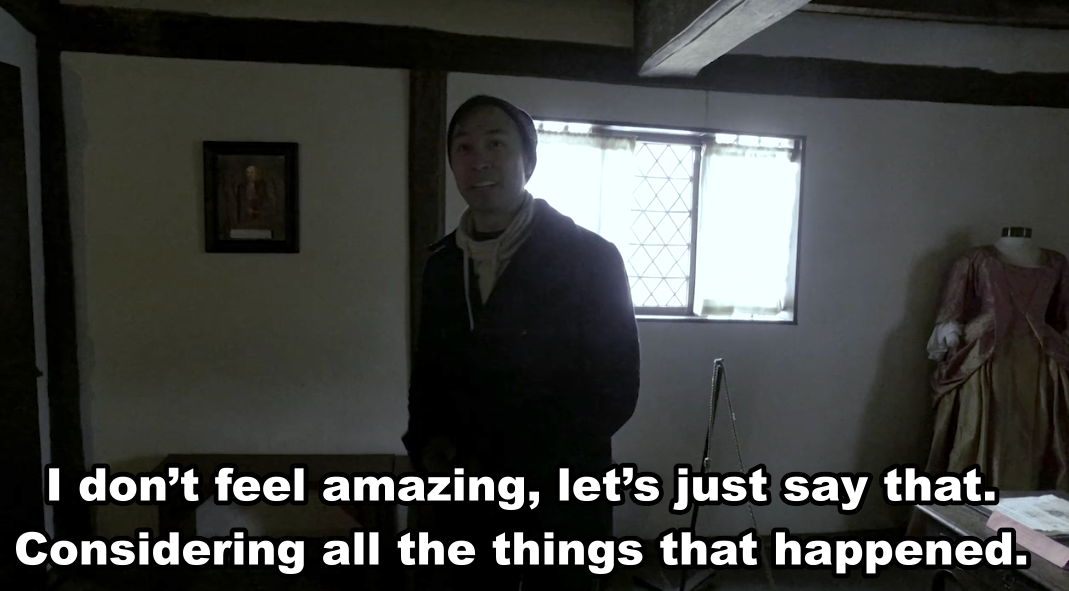
The third woman who was accused of witchcraft was a woman named Tituba, who was also Revered Parris' slave. Surprisingly (unlike the other two women) Tituba openly admitted to cursing the girls. She said, "the devil came to me and bid me serve him."
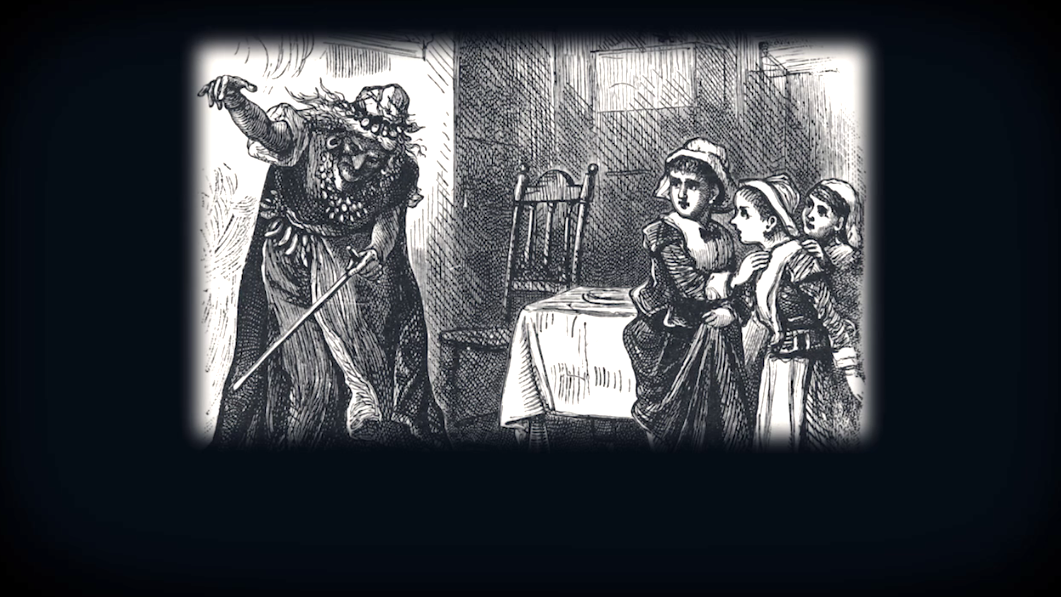
This led us to our second landmark, the former house and place where Tituba practiced witchcraft, Revered Parris' home.
We decided to investigate the remains of the house that were salvaged. As we were investigating though, Ryan decided to take an EMF reading...

...and at that moment, our audio recorder caught a voice saying, "take it."
Some believe that Tituba was forced to confess, which caused her to fabricate her story. During her trial, she admitted that there were other witches working to harm the Puritans in Salem. She was also very accommodating to the judges and claimed to go blind as a sign that the devil was punishing her for being honest. After a year and three months in jail, she was indicted and released.
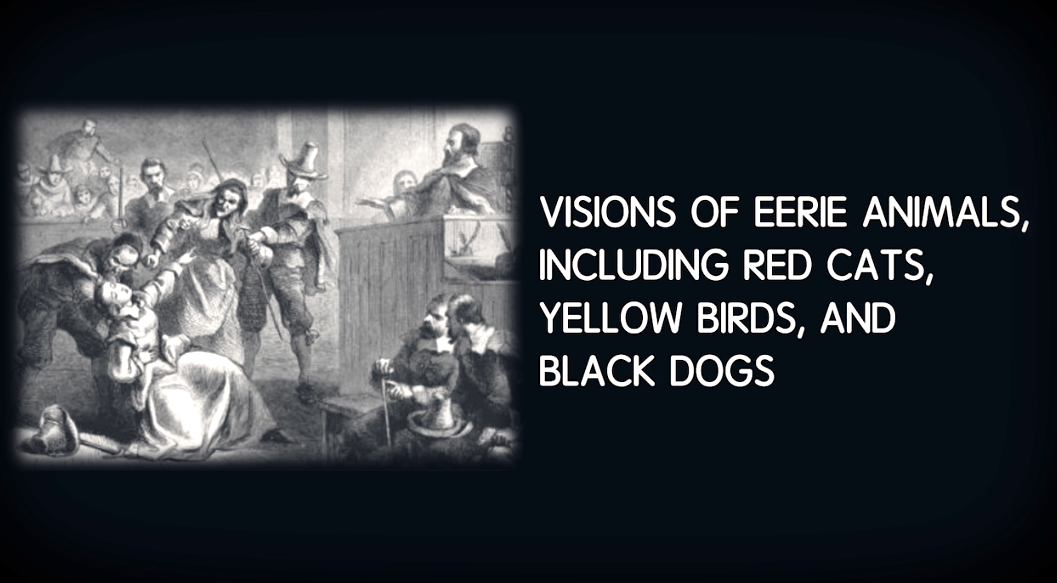
So we invited Tituba to speak with us...
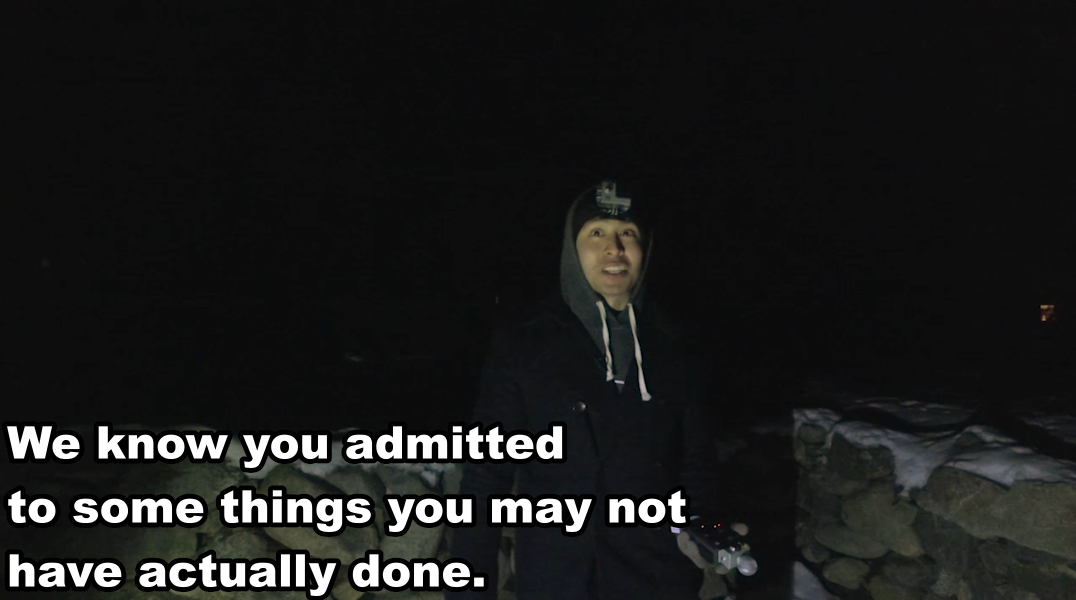
...and after Ryan mentioned that ghosts don't know they're actually ghosts to Shane, our audio recorder picked up another voice saying what sounded like, "what."
Tituba’s trial propelled trials to move forward in Salem and by May, William Phipps, the Governor Of Massachusetts established the court of Oyer and Terminer.
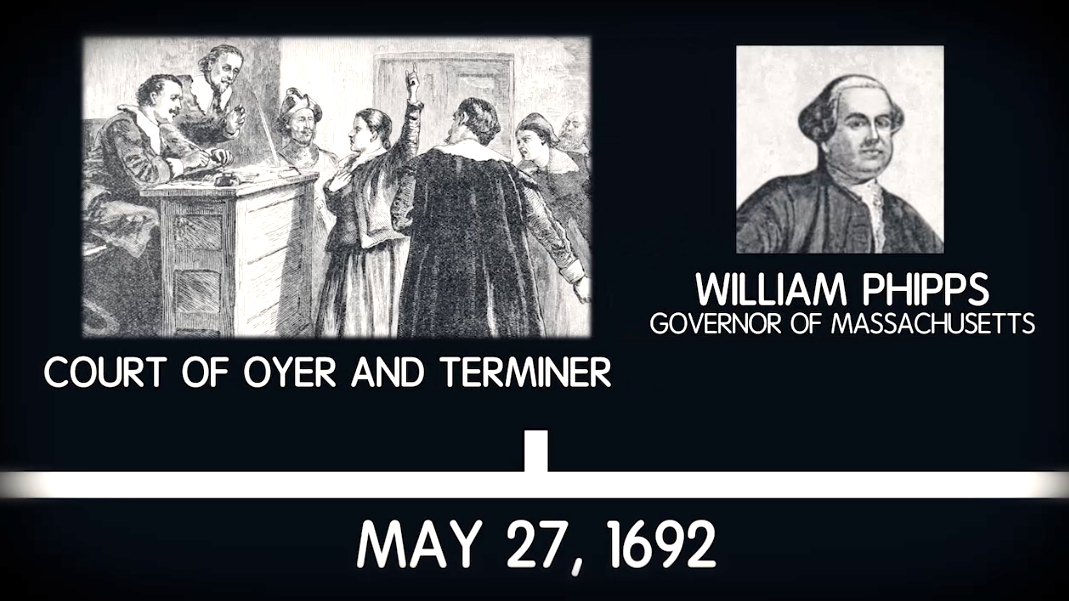
In the first trial of this court, Bridget Bishop was found guilty of witchcraft, becoming the first woman executed during the Salem witch trials. In between the months of July and September, 18 more people were found guilty and executed. This included four men, which was a rare occurrence in witch trials.
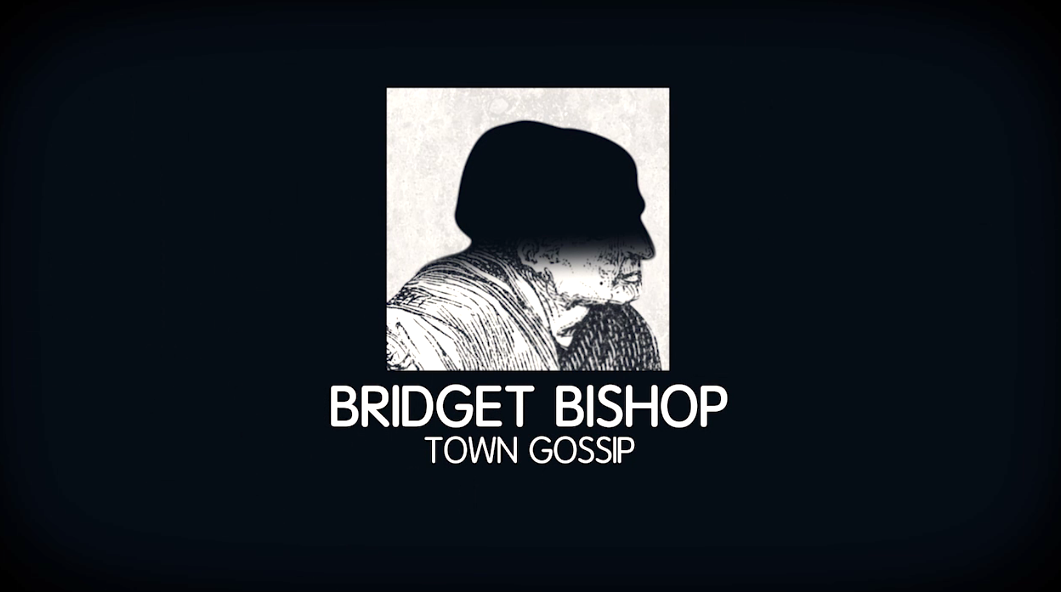
One of the men accused of witchcraft was George Burroughs. His trial was particularly unique based on the claims people made in court. Some accused him of biting witnesses during their testimonies, while others saw spirits in the courtroom.
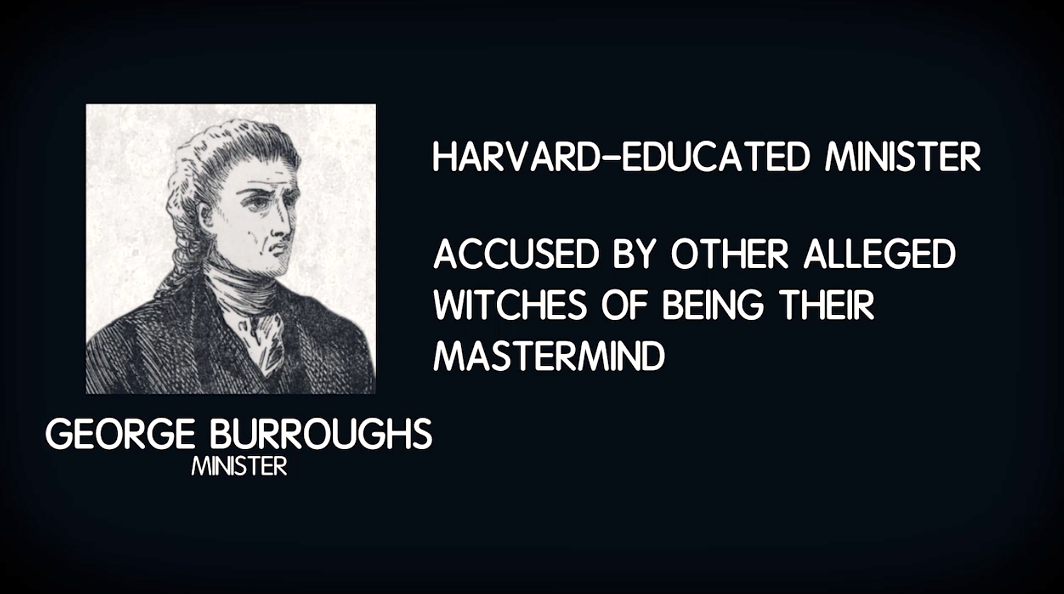
And when Ryan announced that he was leaving, our audio recorder picked up another voice that said, "I'm not."
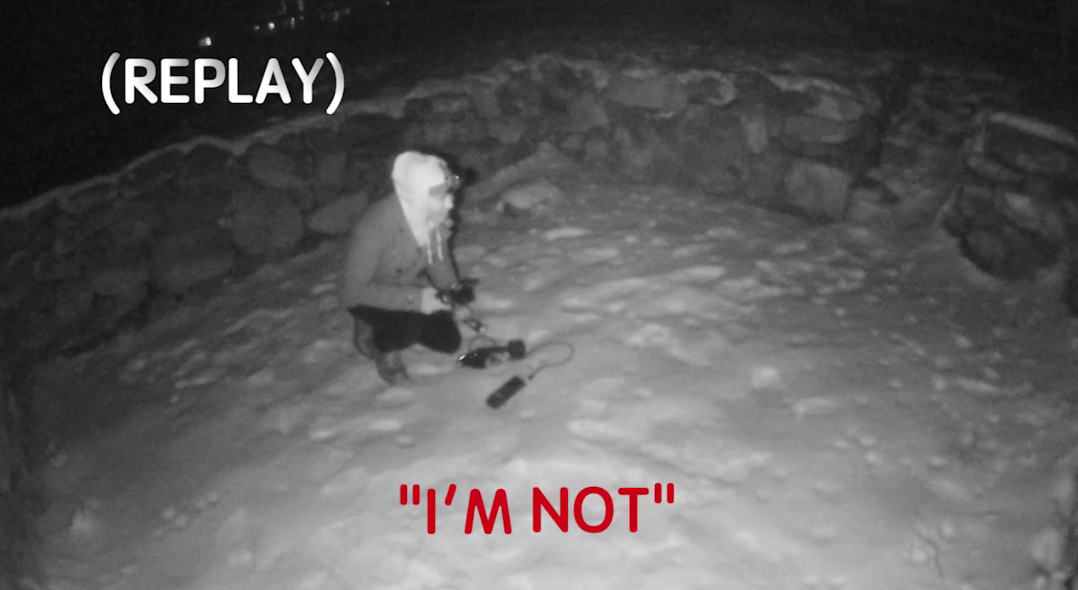
Given Salem's history, it's no wonder Ryan picked up on some paranormal sounds. On October 3, 1692, Increase Mather implored the court not to consider speculative evidence in the trials. This was the same time Mary Phipps (the Governor's wife) was brought in for interrogation.
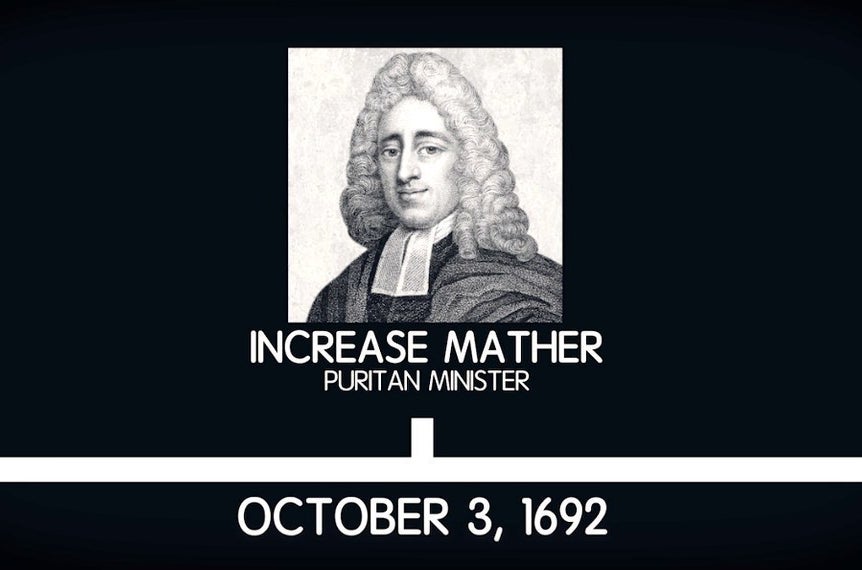

If you recall, the Governor was the one who created the court of Oyer and Terminer.
Which caused the Governor to release people jailed for witchcraft, halt further arrests, and replace the court of Oyer and Terminer with the Court of Judicature.

Official numbers vary, but roughly 20 people were executed during the Salem witch trials and it said that an additional thirteen people perished while in jail.
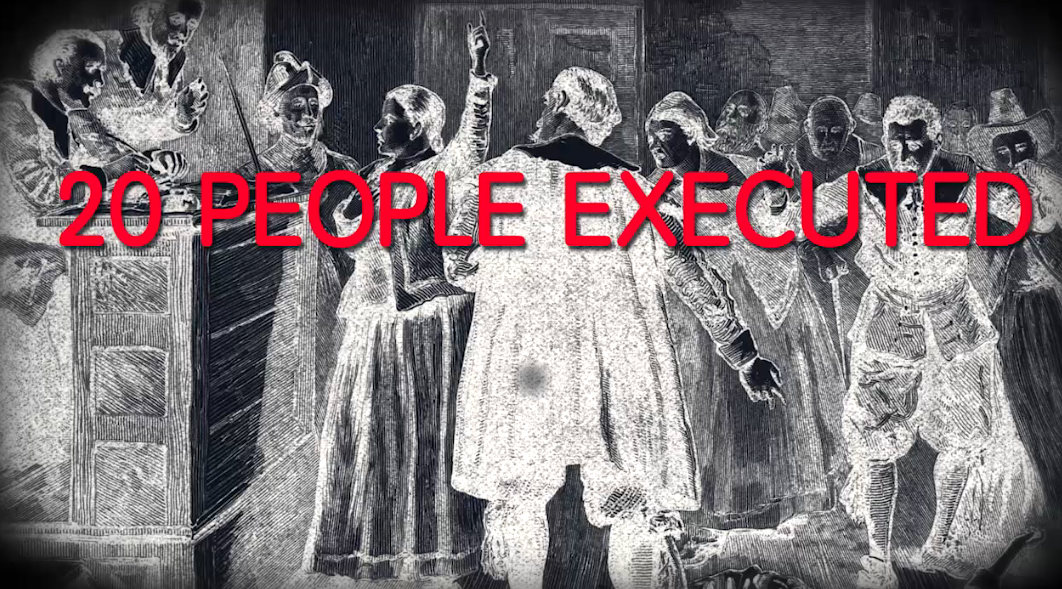
Oddly, all women who were accused of witchcraft were between the ages of 9 and 20 years old. This is interesting because in the majority of the witch trials, men were the accusers. More importantly, none of the people executed for witchcraft ever admitted to it.

The people who were executed were not given a proper burial and were buried in unmarked graves somewhere in the area. It is said that some graves may be in Gallows Hill which is known to be extremely haunted. This is where we went to next.
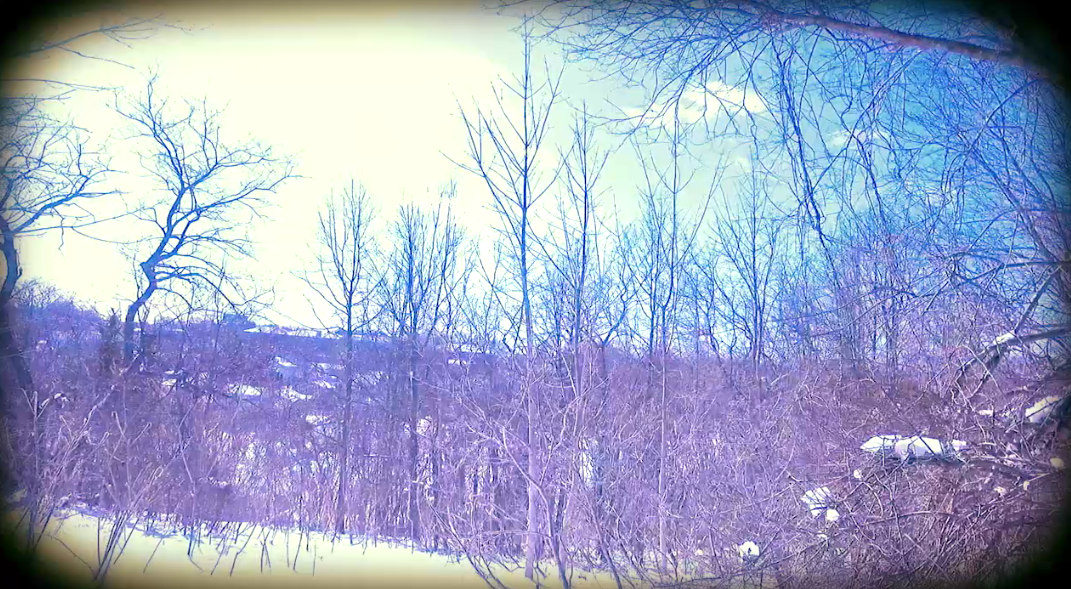
And even though we dressed up in period-specific clothing, there were no interactions with ghosts.
Nobody has concrete evidence on why the trials occurred but there are theories.
The first theory comes from Harvard PH.D. student, Emily Oster. She suggests that the "Little Ice Age," caused economic problems causing people to blame each other for their hardships.

The second theory comes from a behavioral scientist, Linnda Caporael, who believes the women were exposed to a kind of fungus called Ergot. Ergot can be found in grains like rye and can cause Convulsive Ergotism. Symptoms include hallucinations, muscle contractions, vertigo, and tingling sensations.
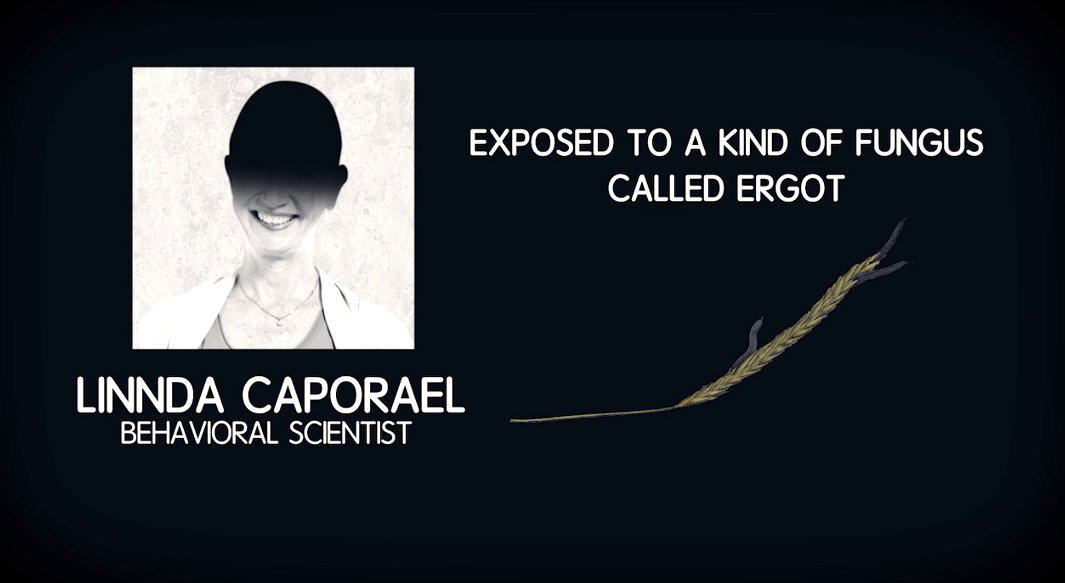
The third theory is that mass hysteria played a role in the trials. The word, "hysteria" is used throughout most descriptions of the trials.
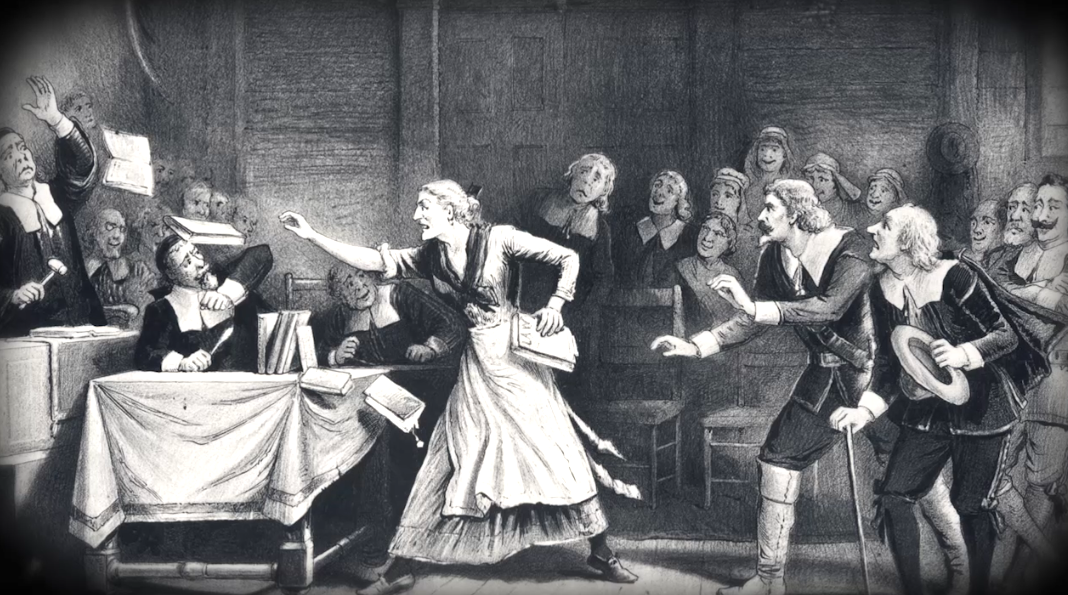
The fourth theory is from one of the people in the community during the time of trials, Robert Calef, who accused Samuel Parris of exploiting the trials for political gain. Calef claimed that Parris forced his slave, Tituba, to admit to witchcraft so he could seize back his diminishing power.
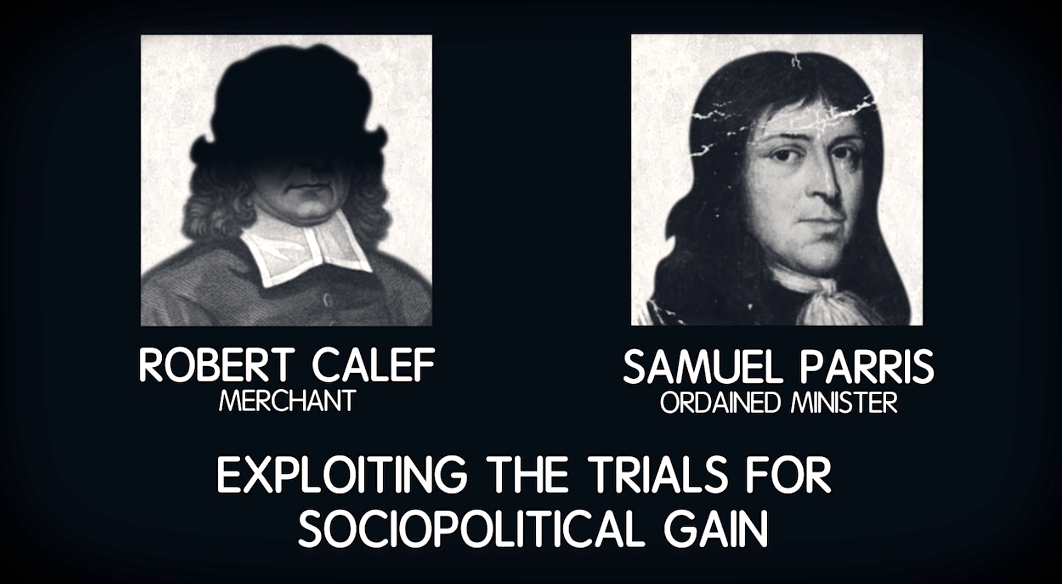
The last theory is that witches actually existed during this time.

But in 1957, the state of Massachusetts apologized for the trials.
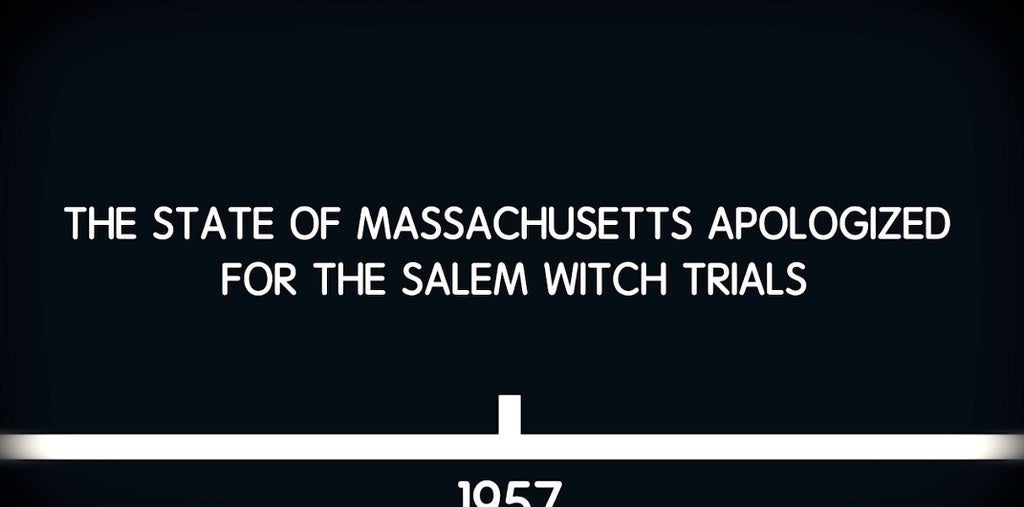
There are a lot of questions that still remain. Are there spirits left behind from Salem's troubled history? What caused the Salem Witch Trials? But for now, the Salem Witch Trials is a mystery that remains unsolved.
